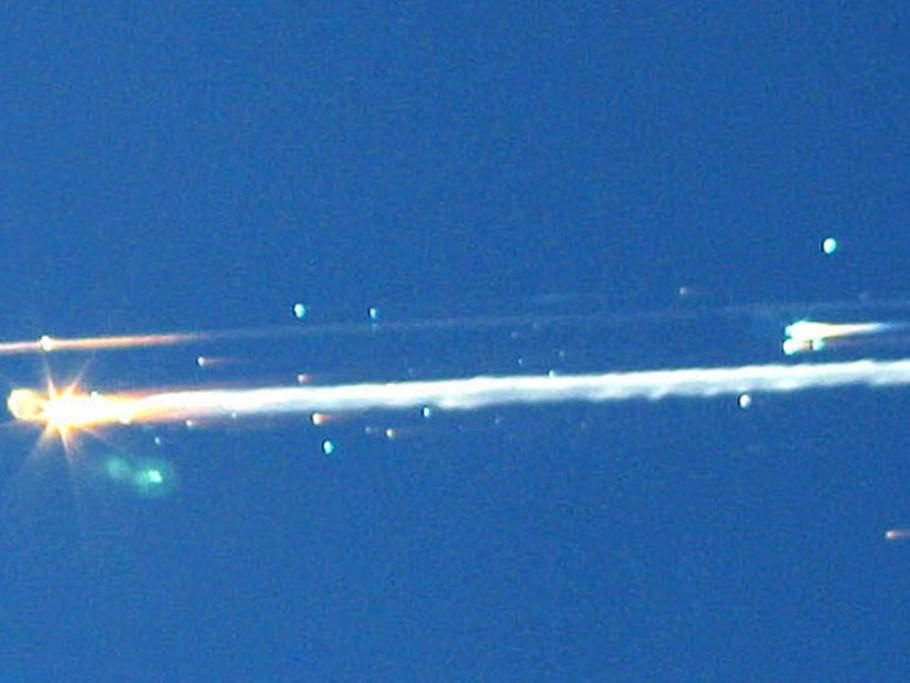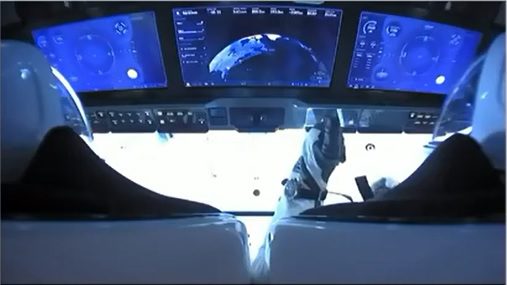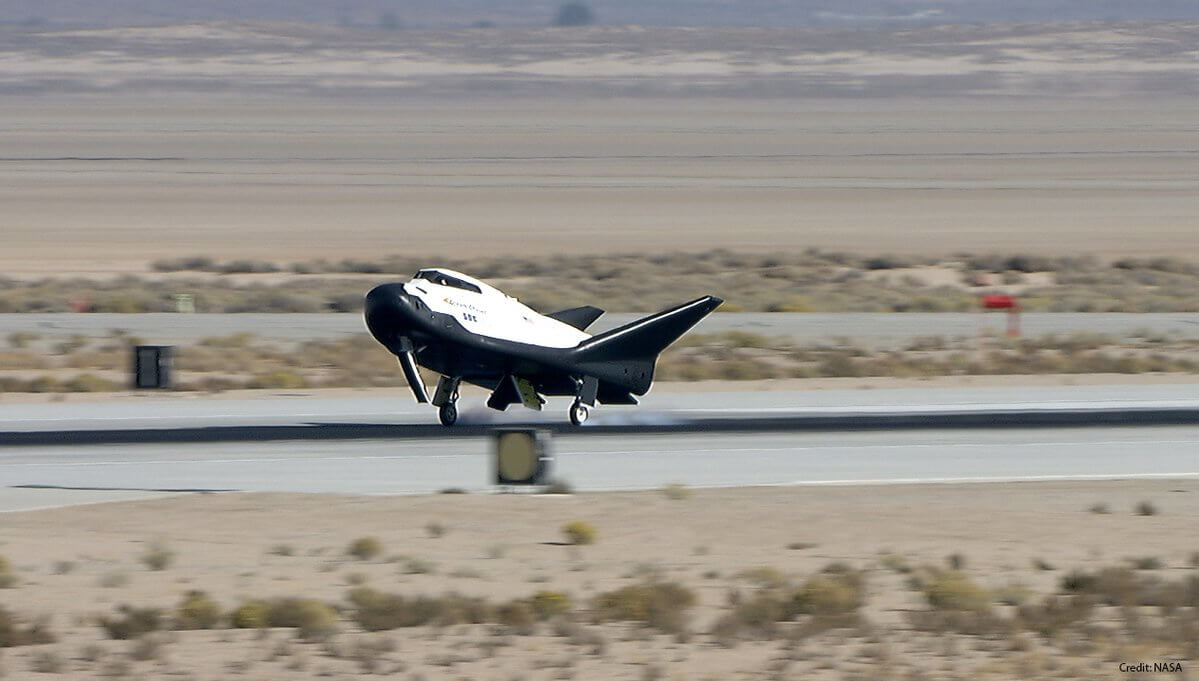The BBC docu-drama The Challenger, recently shown on BBC television, dramatises the investigative process after the Space Shuttle Challenger so memorably blew up some 73 seconds into its flight with the doomed astronauts’ shocked families looking on, after its lift off from the Kennedy Space Center on a cold morning on 28 January 1986..
The TV film, which was based on a book part-written by the wife of Nobel Prize winning nuclear physicist Dr Richard Feynman, describes his attempt to get to the truth about the failed STS-51L mission which killed seven astronauts including America’s first ordinary citizen in space, school teacher Christa McCauliffe. In the drama, Feynman, as excellentlly played by William Hurt supported by Joanne Whalley playing his Yorkshire-born wife, is appointed to serve on the Rodgers commission along with other military and scientific notables including first-man-on-the-moon astronaut Neil Armstrong and Dr Sally Ride, America’s first woman in space.
The drama has Feynman doing battle with the machinations of the US military-industrial complex, vehement blame-shifting by NASA employees, and at the same time, fighting his his own deteoriating heath. But justice is served in the end thanks to a surprising “Deep Throat” informer, and the villainous Morten-Thiokol-produced solid rocket booster O-ring seals are correctly identified as the probable cause of the failure, along with a pressurised NASA management’s deafness to warnings that they may not handle the cold.
Space Shuttle Challenger intact crew cabin (without nose cone) can be seen near the tip of the second major streamer down. Telemetry indications that personal oxygen had been activated indicating that some of the crew initially survived but were killed on impact with the ocean. Courtesy: NASA
Those that want to quibble the drama will note that NASA’s logo is the wrong one for the period (at the time NASA used the worm logo). Likewise, in following the Rodgers Commission, the TV film also fails to note that other failure mechanisms were later suspected as also being at work; ones that may have got the Shuttle if the O-rings hadn’t.
For example, wind shear motion element of the failure has always been suspect (some cite that wind shear induced bending would not have caused the O-ring seals to open up).
Likewise, there is also some evidence that an attachment failure of the half-circumference rings on the system attaching the solid rocket boosters to the fuel tank had occurred previously on some shuttle flights (possibly caused by the pre-lift-off “twang” as the main engines are run up to full thrust) and that this may have happened on STS 51L Challenger accident (areas of distress, though officially attributed to the ocean impact, were noted in some of the fasteners where the ring attaches to the SRB motor case). Whether this was the main cause of the SRB crashing into the fuel tank, or if as the Rodgers commission found, it was due to the SRB leak burning through of an aft strut, either way subsequent to the failure, NASA took the precaution of changing all the half attachment rings with full circumference attachment rings.
Hyperbola’s space film rating: An involving and educational film which gives nonconformists hope around the world – 8/10.






